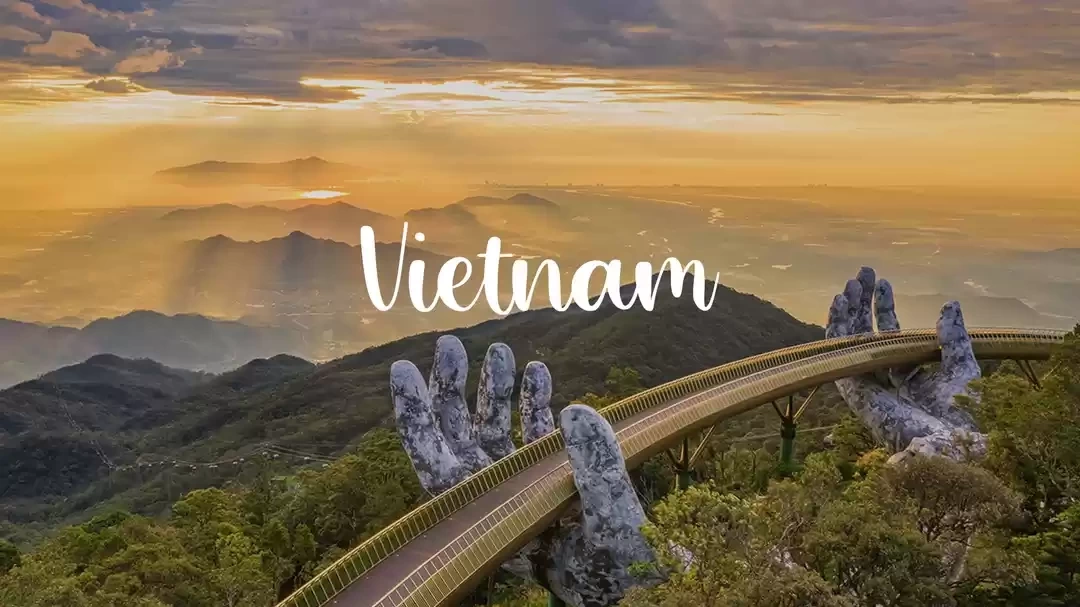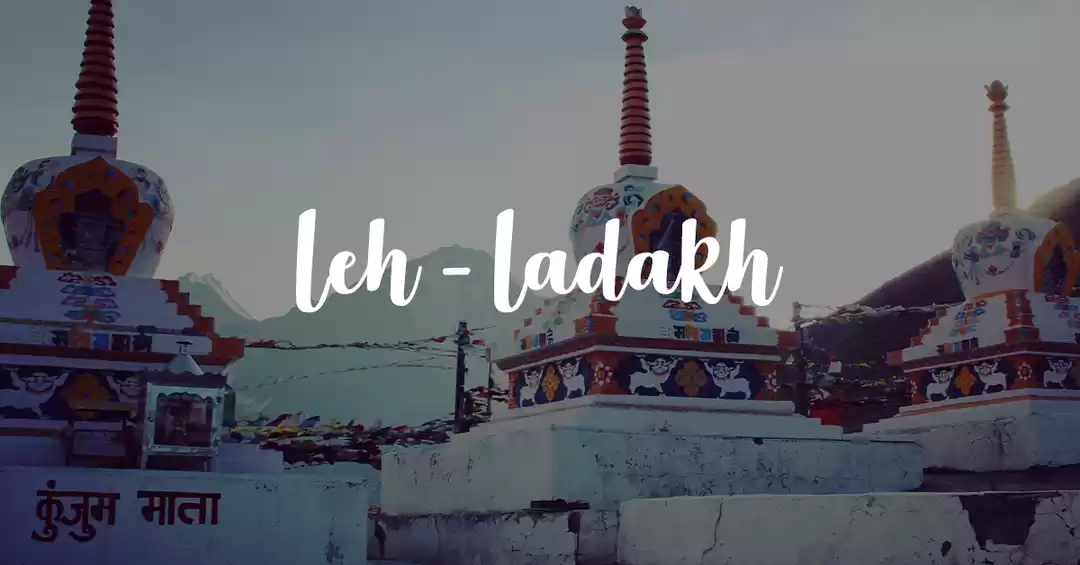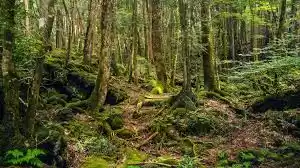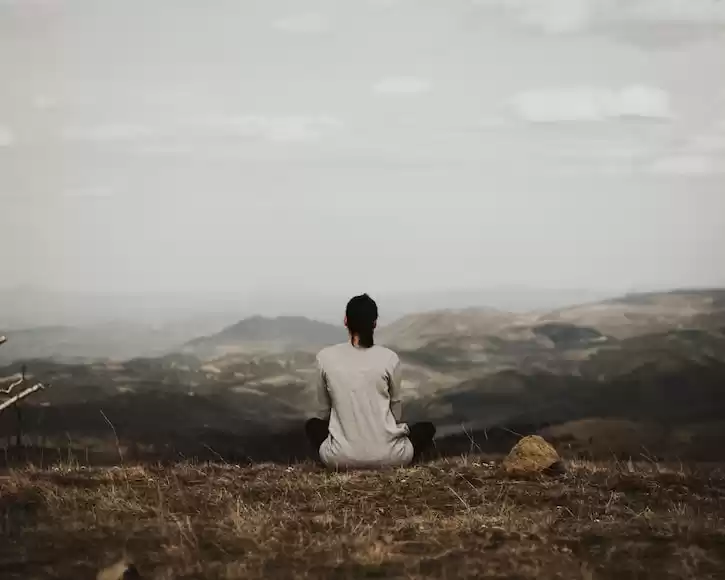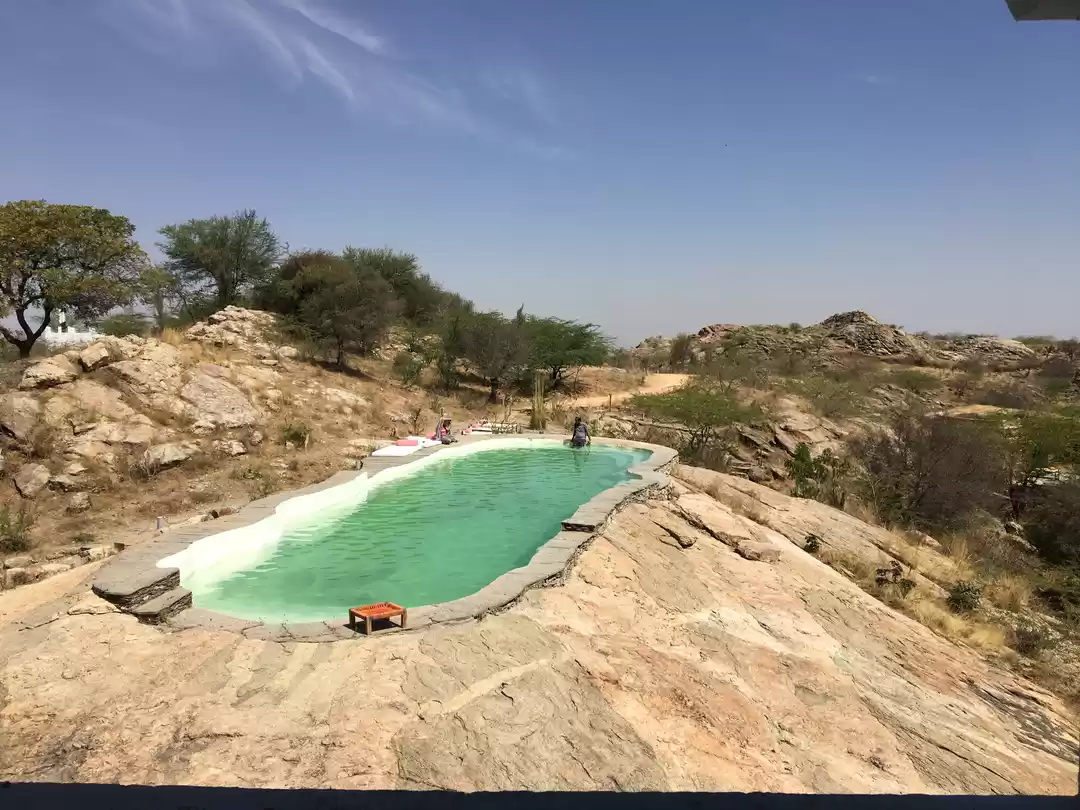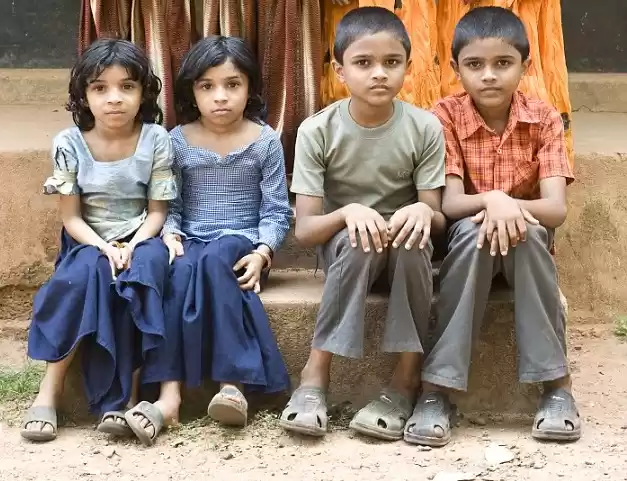
Travel restrictions during the pandemic encouraged me to explore destinations in proximity. I planned on visiting my ancestral home in the Konkan region of coastal Maharashtra, a journey in the denser Western Ghats.
It was a long full-day drive from Pune to Ratnagiri. The recent rain spell had puddled the roads and I anxiously waited for the steep slopes to come to a halt. The childhood memories of mud and mangoes brought a curve to my lips as I reached the village.
I arrived by evening and was greeted by my grandmother’s Konkani caretaker Basappa and his wife. A cane basket of pink guavas plucked freshly from the orchard was my welcome gift.
He looked the same to me as he did in my childhood, only his eyes sunk deeper and his pace, slower. We parked the vehicle in a shed with a thatched roof and started walking on a one-hour forest trail to reach the ancestral house.
The forest was quiet with occasional chirps of birds. I could see trees bursting with phalsa berries. It was beginning to get dark and Basappa appraised me on the local developments in the adjoining villages as we continued walking.
Five reasons to visit Konkan this Winter
• Scenic Tropical Beaches
• Fresh Seafood
• Budget Homestays
• Lush green forests
• Archaic temples and historical places
My grandmother, a practitioner of Ayurveda was busy in her backyard preserving Amla (Gooseberries) for her upcoming concoction recipe.
As expected, she appeared the same as I last saw her a few years ago. Glowing face, crisp cotton saree draped neatly and a hair bun laden with wild jasmine flowers. She seemed swifter for the late seventies.
Her mind and body were flexible after years of a yogic lifestyle. Her warm hug rewarded my day-long journey. We enjoyed a dinner of narali bhaat (coconut saffron rice) and retired to rest with a plan of an early morning visit to the local deity temple in the deeper woods.
At the crack of dawn, we started for the woods. We were greeted by hornbills and parakeets. While I walked the forest in awe, curious to know about every other tree we saw on the way, she seemed to know all of them often referring to them by their medicinal names and categorizing them as useful and harmful ones. While we spoke about medicinal roots and spotted mature honeycombs, I asked her the secret of her health and youthful appearance. She laughed and said ‘Shinrin Yoku’.
I couldn’t decipher what she meant until she told me that it was a Japanese term for ‘forest bathing’ a form of ecotherapy that she and her batchmates practiced regularly.
What is Shinrin Yoku?
Based on the principles of ecopsychology, Shinrin Yoku is an ecotherapy technique that helps one feel interconnected to the earth resulting in multiple health benefits like immune function recovery, emotional healing, and sound sleep. This is a form of forest therapy done by taking a walk in the forest following a set of instruction. The Japanese are known to live in harmony in nature and the practice of ‘Shinrin -Yoku’ or forest bathing thus originates in Japan.
She further helped perform a forest bath ritual as we walked. For a moment I thought it would involve a shower under some waterfall, instead, it involved making use of all the sensory organs - smell, sight, sound, taste, touch, thoughts to explore the forest.
Breathing in the smell of the trees and ripened fruits, seeing lush green leaves of different dimensions each imprinted with a unique natural pattern. I had never observed mangrove patches this closely before. Drinking the cool water from a spring in a forest infused with flavours of different weeds. Feeling the trunk of a tree, the delicate flower petals that left colours on my fingertips, my ears glued to the sound of nature involving chirping of birds, the crackling of tree branches, and calls of wildlife. I felt one with nature by the time we reached the sacred grove of the local deity. It indeed was a healing experience. I returned from the state of business to a simple, quiet state of mind.
Best Destinations for Forest Bathing in India
• Western Ghats of Karnataka and Kerala
• Rainforests of North-Eastern states of India
• Himalayan forests
• Forest cover of Madhya Pradesh
Note: You can always club a wildlife getaway and a forest bathing experience together. I advise you to book a homestay or an eco-lodge to gain the most from this experience. Try to eat locally available food grown at the farms.
The next two weeks, while I stayed there, I practiced Shinrin-Yoku regularly. The results were impressive.
I abstained from the use of electronic devices and disconnected from the world. Forest bathing had a dramatic effect on my well-being. I actually spent a whole lot of time with myself reminiscing my childhood memories of the mango orchards, of sowing, picking, and relishing them. It helped me take a break from the work from home routine and also helped a digital detox.
These were some of the most refreshing days from the pandemic and I felt rejuvenated.
I further decided to go forest bathing in different green pockets of the country and the experience each time was different. The sounds of birds in each forest were different. Stones were different. Trees were different. The taste of the spring in my mouth was different.
I, too, was a person different, with each visit.







